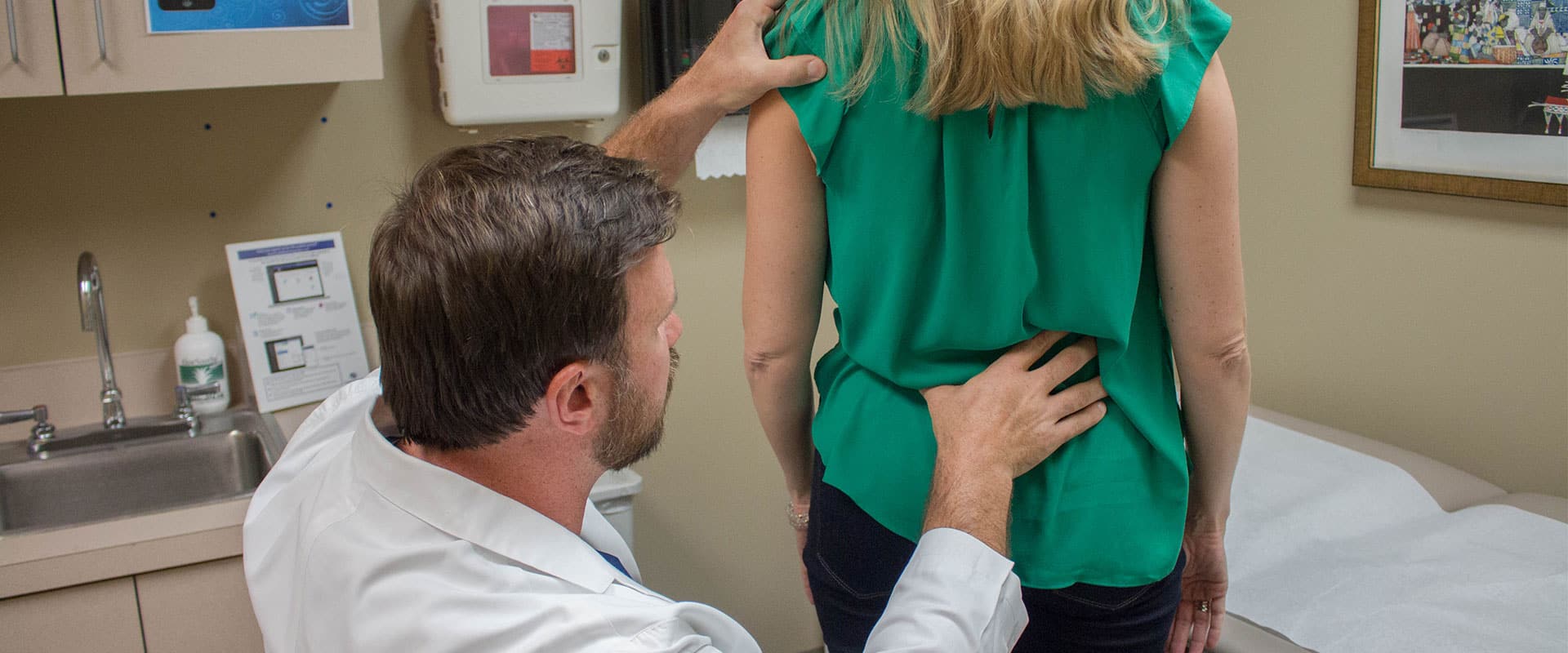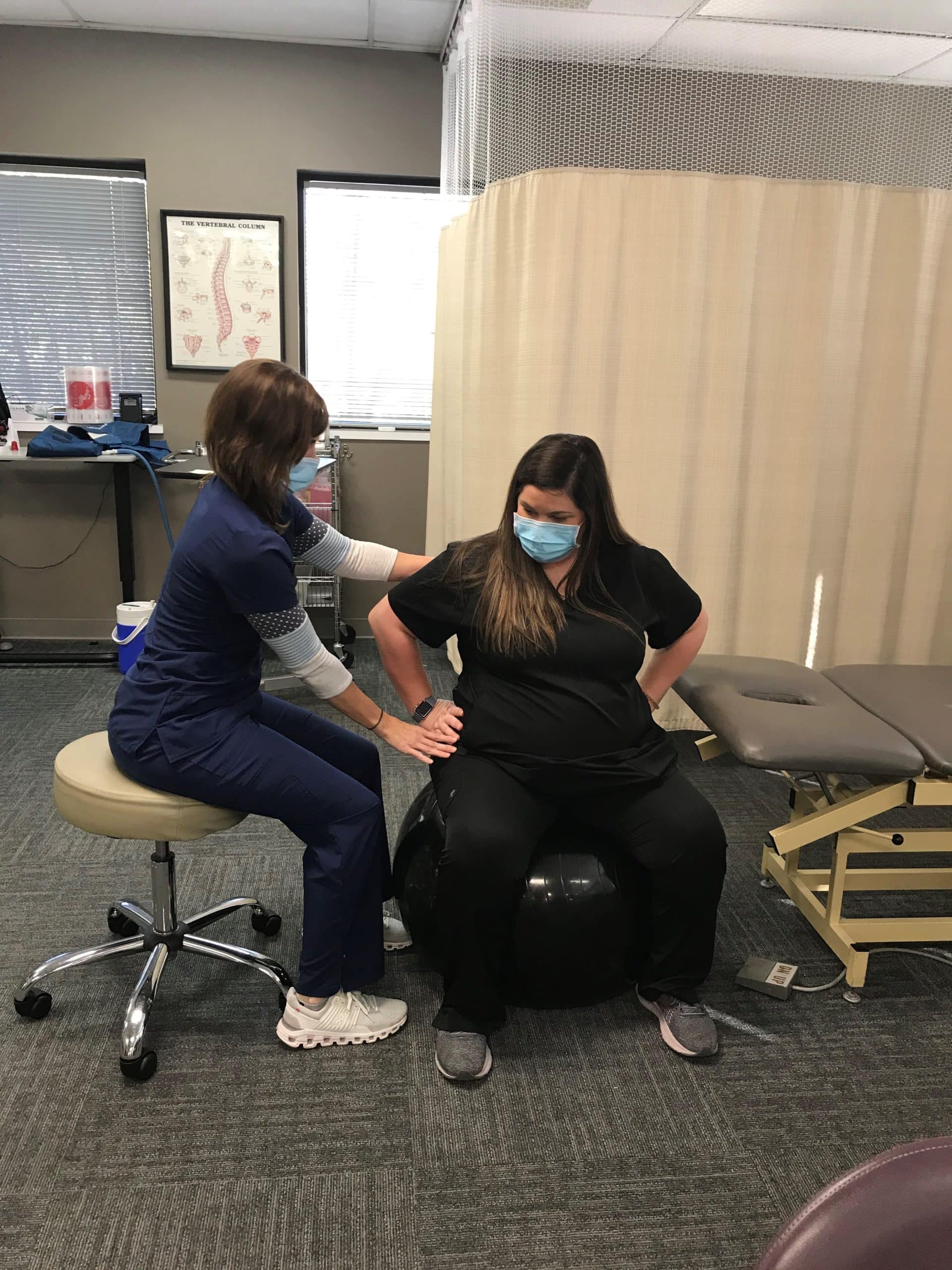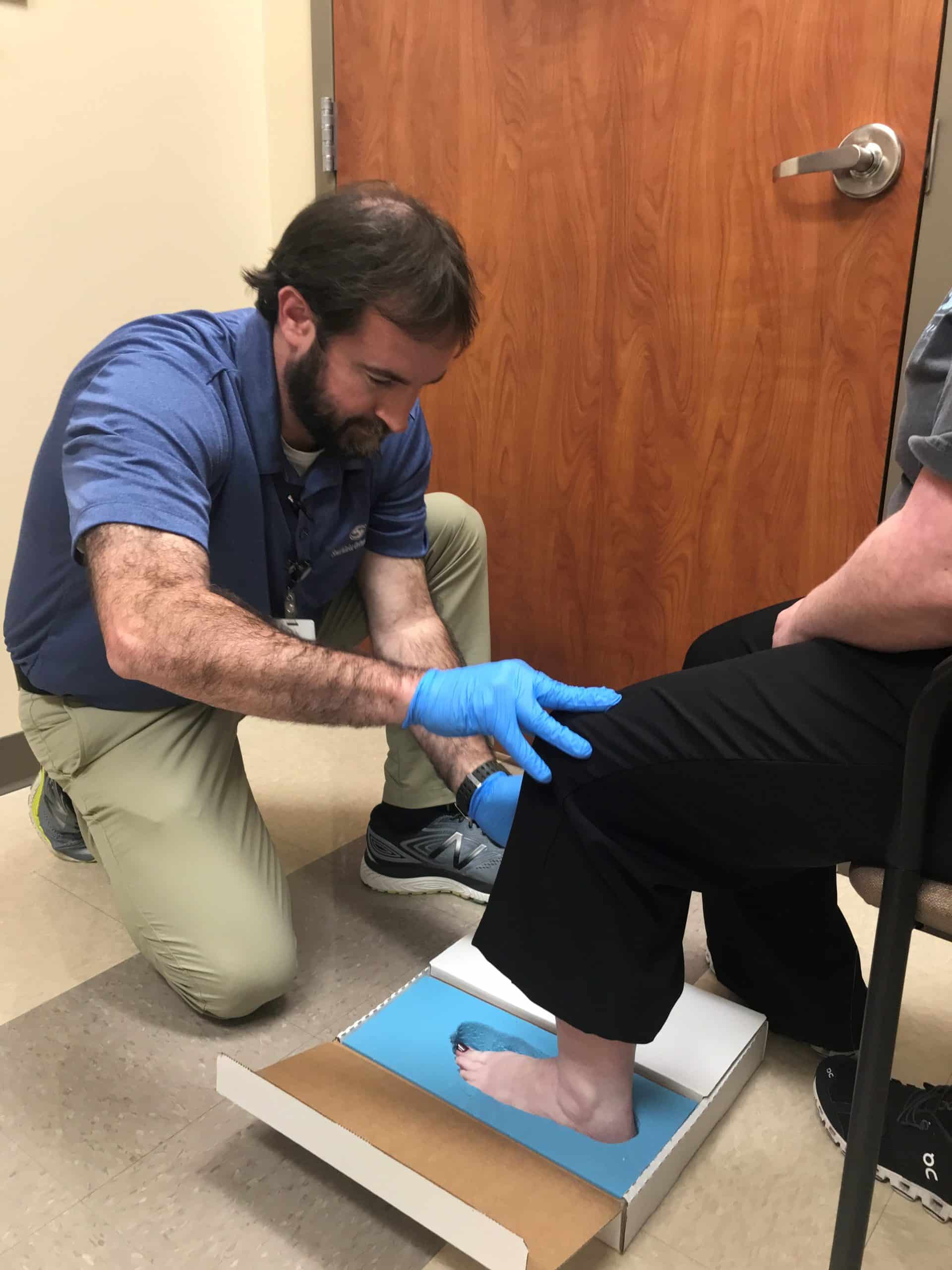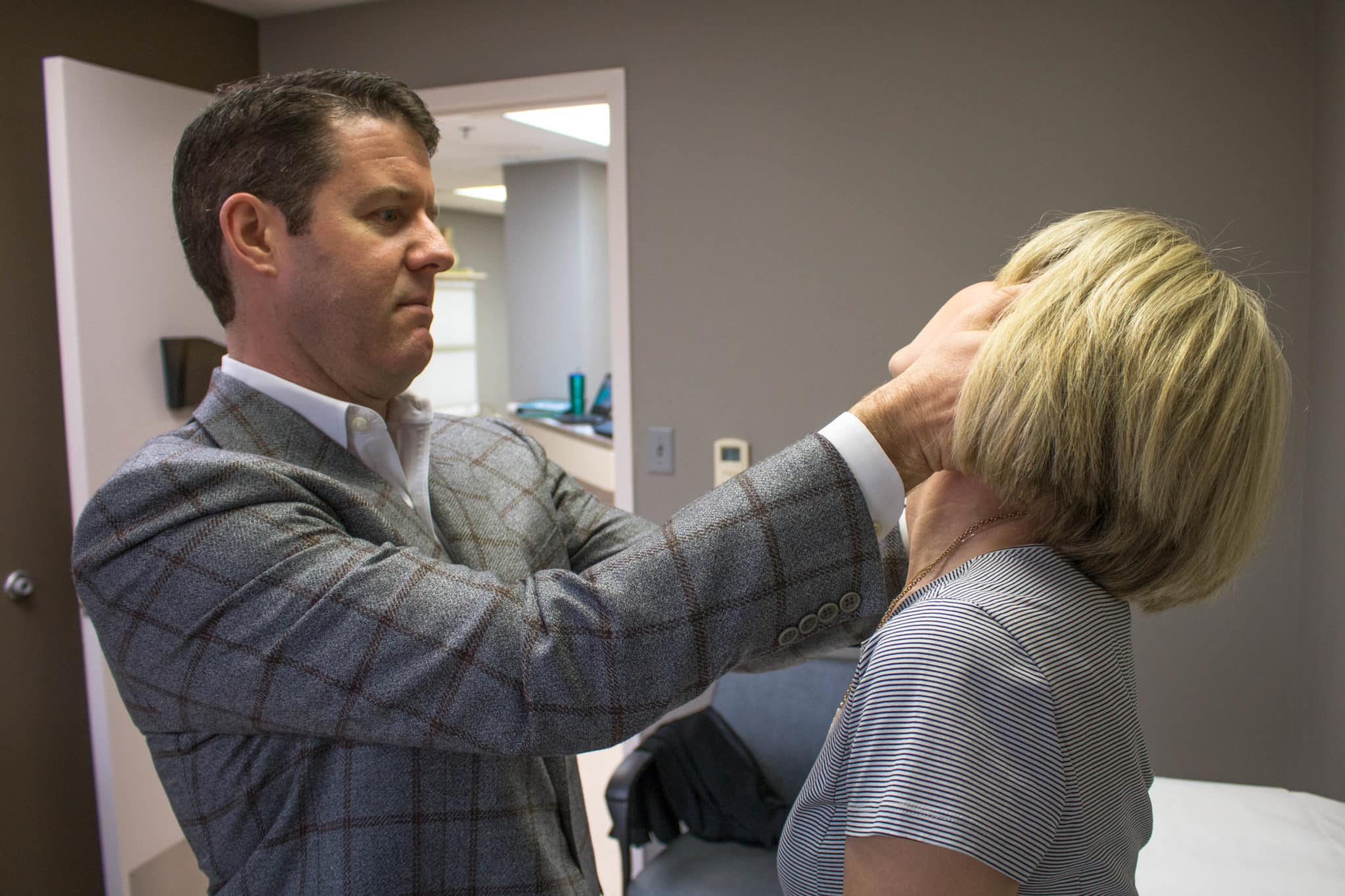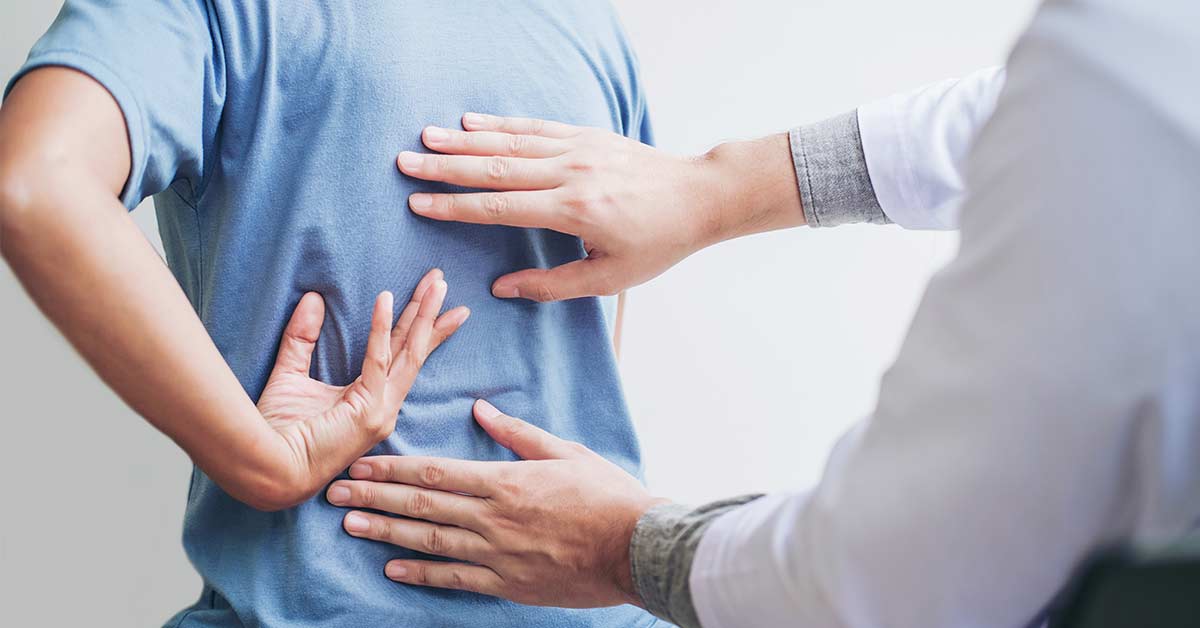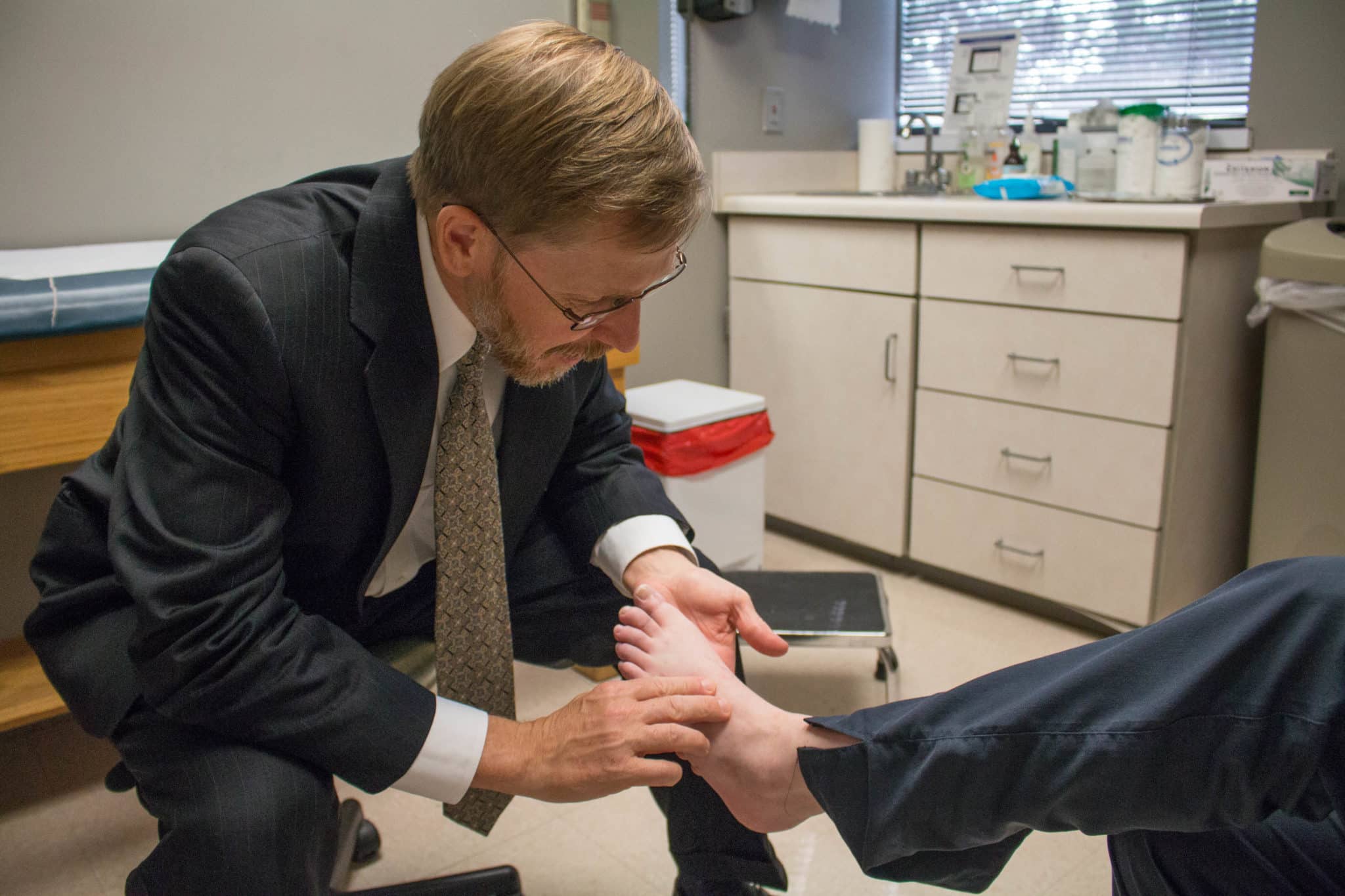Pickleball is sweeping the nation. If you’re unfamiliar with this funny-named sport, pickleball is a paddle activity that blends elements of tennis, badminton, and table tennis. Played on a badminton-sized court with a slightly modified tennis net, it’s known for being easy to learn for beginners while also offering strategic depth for experienced players. The unique rules, like the “non-volley zone” near the net, create a fun and fast-paced game that’s perfect for all ages and skill levels. But with all the entertainment pickleball brings, it’s important to note that the sport is not without its risks.
Because so many people with varied skills and abilities are drawn to pickleball, there are some injuries you need to watch out for. Michael Blum, M.D., an orthopaedic surgeon at Southlake Orthopaedics, notes that there are a few things that you need to be aware of before picking up that paddle.
“Around 80% of pickleball injuries are non-surgical type of injuries such as sprains, strains, and overuse injuries—and the rest of the injuries we commonly see are from falls or diving for shots,” says Dr. Blum.
He notes that occasionally surgery may be required for serious injuries like rotator cuff tears or ACL tears. He mentions that the majority of the injuries he sees come from relatively inactive individuals beginning a new sport and pushing themselves a little too hard when they first start. “It’s important to stay conditioned by incorporating other exercises that focus on building strength and endurance,” Dr. Blum explains.
Walking, swimming, and doing strength training exercises with weights can all benefit a pickleball player so that injuries are less likely to occur. Of course, he suggests that people should never push themselves past what their body is comfortable with, especially for beginners or players who haven’t hit the court for a while. “We see injuries in older people who used to play tennis that jump onto the pickleball court, thinking it’s a safer sport—and for the most part, it is. However, many of these former tennis players haven’t stayed conditioned to play, and they jump into it too quickly and get hurt—that’s where we see a lot of sprains and strains.”
Dr. Blum also explains that wearing the correct footwear designed for stability, shifting left and right, and made for sudden stops, as well as properly warming up and cooling down can help immensely in avoiding injuries from pickleball. He says that playing smart can help prevent injuries as well. “When it comes to the choice between protecting your joints and diving for the ball, it’s best to make the decision that protects your body. You’ll get another chance to hit the ball. Remember that pickleball is designed to be a fun sport.”
If you do happen to feel some pain after your pickleball session, Dr. Blum suggests resting, icing the injury, and taking over-the-counter pain relievers before becoming too concerned. If the pain persists, it’s a good idea to see an orthopaedic specialist who can help you figure out the root cause of the pain and provide treatment options that are right for you (which can range from physical therapy to surgical intervention).
Now that you’ve learned a few pickleball safety tips, it’s time to hit the court! Just remember, if you need an orthopaedic specialist, Dr. Blum and the professionals at Southlake Orthopaedics are here to help you get back to the game you love. Contact us to schedule an appointment with our compassionate team today!

